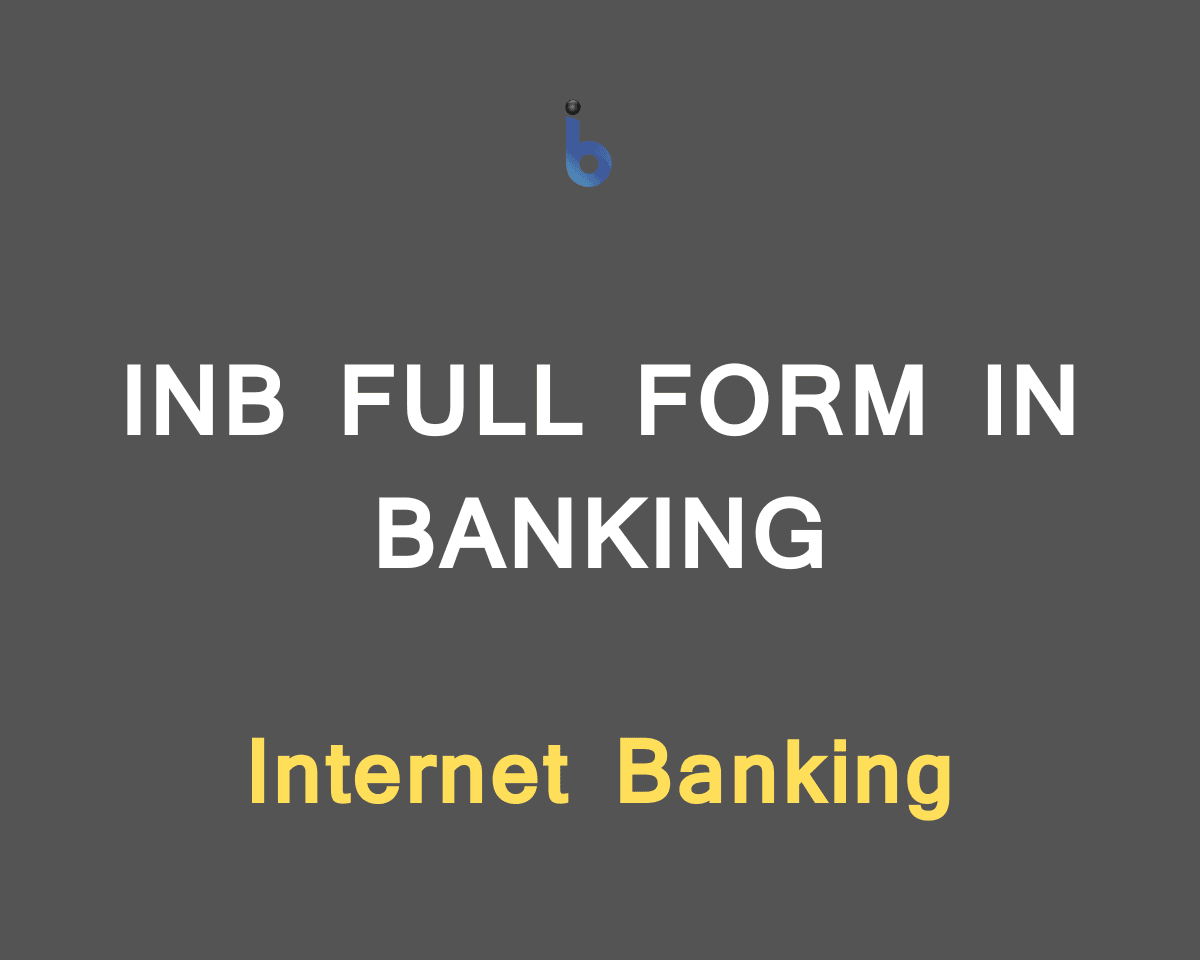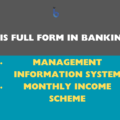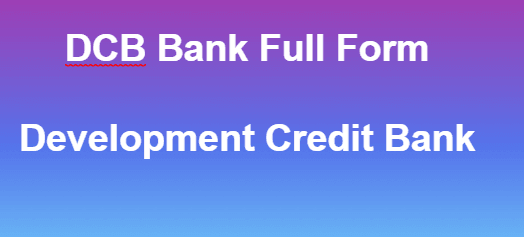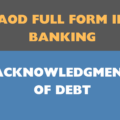INB stands for Internet Banking, one of the major breakthroughs in banking that enables customers to use all the services flexibly. It is also referred to as online banking or e-banking. All you need is a mobile phone or computer and a stable internet connection.
INB allows customers to conduct various financial transactions and access banking services like checking balances, paying EMIs, and applying for loans all remotely. If you’re new to Internet banking and want to know what the key features are, here are all. These apply to any bank, government, or private, big or small.
Features of INB in Banking
1. Access and Convenience: You can access your bank accounts from anywhere with an Internet connection at any time of day or night. Check account balances, move funds between accounts, pay bills, and do other financial transactions whenever needed without having to visit a bank branch.
2. Security: Banks employ several security measures to protect the confidentiality and integrity of their customers’ financial information during online transactions. Encryption, multi-factor authentication, secure login procedures, and suspicious activity monitoring are some of the measures available. So, you never have to worry about the confidentiality of your sensitive information.
3. Services Offered: Varied services are available through Internet banking, such as managing checking and savings accounts, paying bills, transferring money between accounts (within the same bank and to other banks), applying for loans, receiving account statements, and finding out account balances. Everything on a single website or mobile application makes it super convenient.
4. Mobile Banking: In addition, many banks offer mobile banking apps that allow consumers to access banking services at their fingertips. These apps sometimes include additional functionality such as mobile check deposits, fingerprint or facial recognition logins, and account activity alerts. You can even link your bank accounts with digital payment gateways like Google Pay or PayTM for better usability.
For example, the State Bank of India has the Yono SBI mobile app, and the Punjab National Bank has the PNB One application.
5. Cost Savings: INB can be cost-effective for both businesses and customers. Banks can save a handsome amount of money associated with operating physical offices and hiring more staff, whereas customers may save time and money by avoiding bank trips and the need to purchase stamps for bill payments.
6. Customer Support: Not everyone here is tech-savvy. Internet banking also ensures every customer gets proper customer support as required. There is an extensive support system via INB like chatbots, emails, live calls, etc.
For example, the Union Bank of India shares emails regularly for customers to be more aware of cybersecurity in terms of banking.
Conclusion
According to research by Statista in 2020, 31% of households have mobile banking applications installed on their phones, and they use them regularly. This number has increased in the last 4 years as well.
So, if you’re still confused about how to start your Internet banking journey, just remember the facilities mentioned in the article. Slowly start using the basic functionalities on a smaller scale, and you’ll be able to handle it within a few months.







Be the first to comment